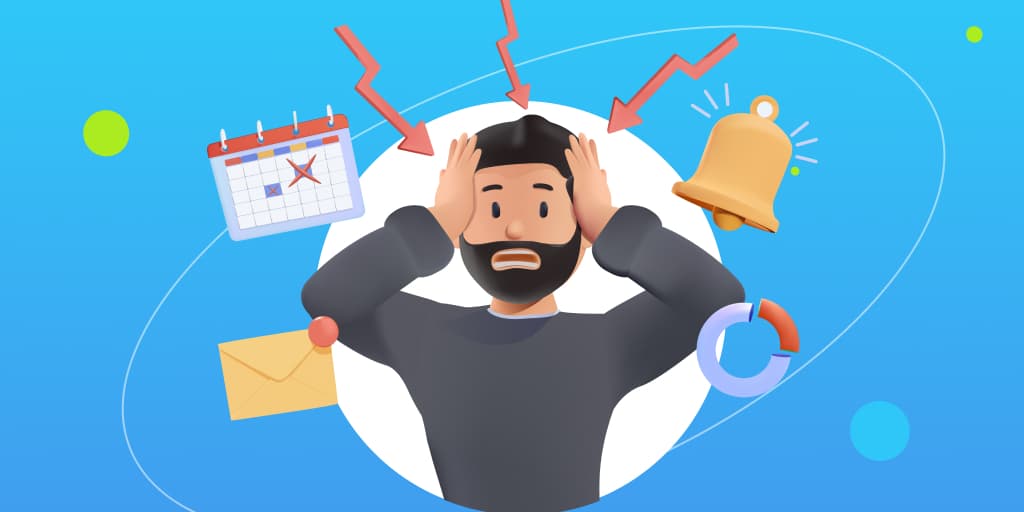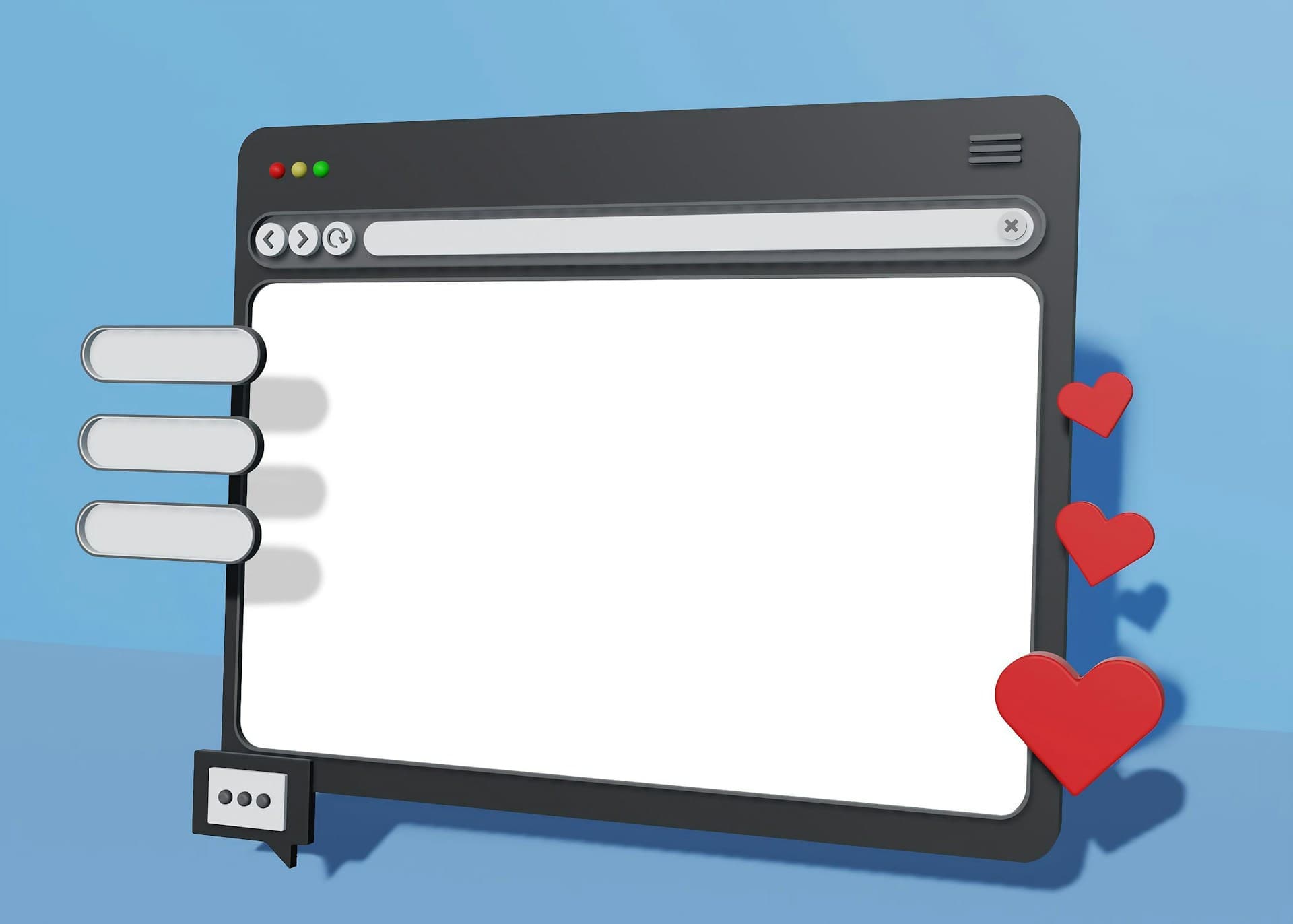Your website should be your hardest-working employee. It's available 24/7, never calls in sick, and has the potential to turn casual browsers into loyal customers while you sleep. But for too many small businesses, their website is doing the exact opposite—actively driving potential customers away.
If you're wondering why your website traffic isn't converting into sales, or why visitors seem to bounce off your site faster than a rubber ball, you're not alone. The harsh reality is that most small business websites are unknowingly sabotaging their own success.
The Hidden Cost of Website Problems
Before we dive into the specific issues, let's talk about what's really at stake. Every visitor who leaves your website frustrated or confused represents lost revenue. When someone searches for your services, finds your website, and then clicks away to choose a competitor instead, that's not just a missed opportunity—that's money walking out the door.
Studies show that 88% of online consumers are less likely to return to a website after a bad experience. Even worse, they're likely to share that negative experience with others, amplifying the damage to your reputation and bottom line.
The Seven Website Sins That Kill Conversions
1. Your Website Looks Like It's From 2005
First impressions matter, and in the digital world, you have about 3 seconds to make a good one. If your website looks outdated, visitors will assume your business is outdated too. Modern consumers expect clean, professional designs that work seamlessly across all devices.
Outdated design elements like Flash animations, cluttered layouts, and non-responsive design don't just look bad—they signal to potential customers that you're not keeping up with the times. Why would they trust you with their business if you can't even maintain a current website?
2. Mobile Users Are Getting a Second-Class Experience
More than half of all web traffic now comes from mobile devices, yet countless small business websites still treat mobile users as an afterthought. If your website doesn't look and function perfectly on smartphones and tablets, you're literally turning away more than half of your potential customers.
Mobile optimization isn't just about making your site smaller—it's about reimagining the entire user experience for touch-based navigation, smaller screens, and on-the-go browsing behavior.
3. Your Website Loads Slower Than Molasses
In our instant-gratification world, even a few seconds of loading time can be the difference between a sale and a lost customer. Research shows that 40% of visitors will abandon a website that takes more than 3 seconds to load.
Slow loading times don't just frustrate visitors—they also hurt your search engine rankings. Google considers page speed a ranking factor, meaning slow websites get buried in search results where potential customers will never find them.
4. Visitors Can't Figure Out What You Actually Do
One of the biggest mistakes small businesses make is assuming visitors will take the time to hunt for information about their services. If someone lands on your homepage and can't immediately understand what you do, who you serve, and why they should care, they'll leave.
Your value proposition should be crystal clear within seconds of arrival. Visitors shouldn't have to play detective to figure out whether you can solve their problem.
5. Your Contact Information Is Playing Hide and Seek
Nothing kills trust faster than making it difficult for potential customers to reach you. If your phone number, email, or physical address aren't prominently displayed and easily accessible, visitors will question your legitimacy and look elsewhere.
Contact information should be visible on every page, not buried in a footer or hidden behind multiple clicks. Make it as easy as possible for interested prospects to get in touch.
6. You're Not Speaking Your Customers' Language
Too many small business websites are written from the business owner's perspective rather than the customer's. They focus on features instead of benefits, use industry jargon instead of plain English, and talk about what they do instead of what problems they solve.
Your website copy should feel like a conversation with your ideal customer. It should address their pain points, speak their language, and clearly explain how you can make their life better.
7. There's No Clear Next Step
Even if visitors love what they see on your website, they need to be guided toward taking action. If your website doesn't have clear calls-to-action or makes it unclear what visitors should do next, you're leaving money on the table.
Every page should have a purpose and guide visitors toward a specific action, whether that's making a purchase, scheduling a consultation, or signing up for your newsletter.
The Real-World Impact: A Case Study
Consider Sarah, who owns a local accounting firm. Her website was losing potential clients because it committed several of these sins. The site was slow, not mobile-friendly, and visitors couldn't easily find her contact information or understand her specific services.
After redesigning her website with a focus on user experience, clear messaging, and mobile optimization, Sarah saw a 200% increase in contact form submissions and a 150% increase in phone calls from new prospects. The investment in her website paid for itself within two months.
The Solution: A Strategic Approach to Website Success
Fixing these issues isn't about Band-Aid solutions or quick fixes. It requires a strategic approach that puts your customers' needs first and aligns your website with your business goals.
Start with User Experience
Your website should be designed around how your customers think and behave, not how you organize your business internally. This means conducting user research, mapping customer journeys, and testing your website with real users.
Optimize for Mobile First
Instead of designing for desktop and then adapting for mobile, start with the mobile experience and enhance it for larger screens. This ensures that your mobile users—who represent the majority of your traffic—get the best possible experience.
Focus on Speed and Performance
Invest in quality hosting, optimize your images, and streamline your code. Every second you shave off your loading time can significantly impact your conversion rates and search engine rankings.
Craft Compelling, Customer-Focused Content
Your website copy should be written for your customers, not for you. Focus on benefits over features, use language your customers understand, and always lead with how you can solve their problems.
Make Contact Information Prominent
Your contact information should be visible and accessible from every page. Consider adding multiple contact options—phone, email, contact forms, and even live chat—to accommodate different preferences.
Create Clear Conversion Paths
Every page should have a clear purpose and guide visitors toward taking action. Use strategic placement of calls-to-action, create compelling offers, and remove any friction from the conversion process.
Beyond the Quick Fixes: Building for Long-Term Success
While addressing these common issues will immediately improve your website's performance, sustainable success requires thinking beyond quick fixes. Your website should be built on a foundation that can grow and evolve with your business.
This means choosing the right technology stack, implementing proper analytics to track performance, and creating a content strategy that keeps your website fresh and relevant. It also means thinking about how your website integrates with your broader digital marketing efforts.
The Competitive Advantage
Here's what many small business owners don't realize: while your competitors are likely making these same mistakes, fixing them gives you an immediate competitive advantage. When your website provides a superior user experience, you'll naturally capture more of the market share in your area.
A well-designed, user-friendly website doesn't just convert more visitors—it also builds trust, establishes credibility, and creates positive word-of-mouth marketing that extends far beyond your digital presence.
Taking Action: Your Next Steps
Recognizing these problems is the first step, but taking action is what separates successful businesses from those that continue to struggle. Start by conducting an honest audit of your current website against these seven critical areas.
If the task seems overwhelming, remember that you don't have to tackle everything at once. Prioritize the issues that are likely having the biggest impact on your business, and address them systematically.
However, it's important to understand that website optimization isn't a one-time project—it's an ongoing process. Consumer expectations continue to evolve, technology advances, and your business grows. Your website needs to evolve along with these changes.
The Bottom Line
Your website is too important to leave to chance. In today's digital-first world, it's often the first—and sometimes only—impression potential customers have of your business. Make sure it's working for you, not against you.
The good news is that fixing these common issues doesn't require a massive budget or months of work. With the right approach and expertise, you can transform your website from a liability into your most powerful business asset.
Don't let another day go by with a website that's driving customers away. Your business deserves a digital presence that showcases your expertise, builds trust with potential customers, and drives real results.
The question isn't whether you can afford to fix your website—it's whether you can afford not to.
Ready to transform your website from a customer-repelling liability into a customer-attracting asset? Don't let these common mistakes continue costing you business. The time to act is now.




